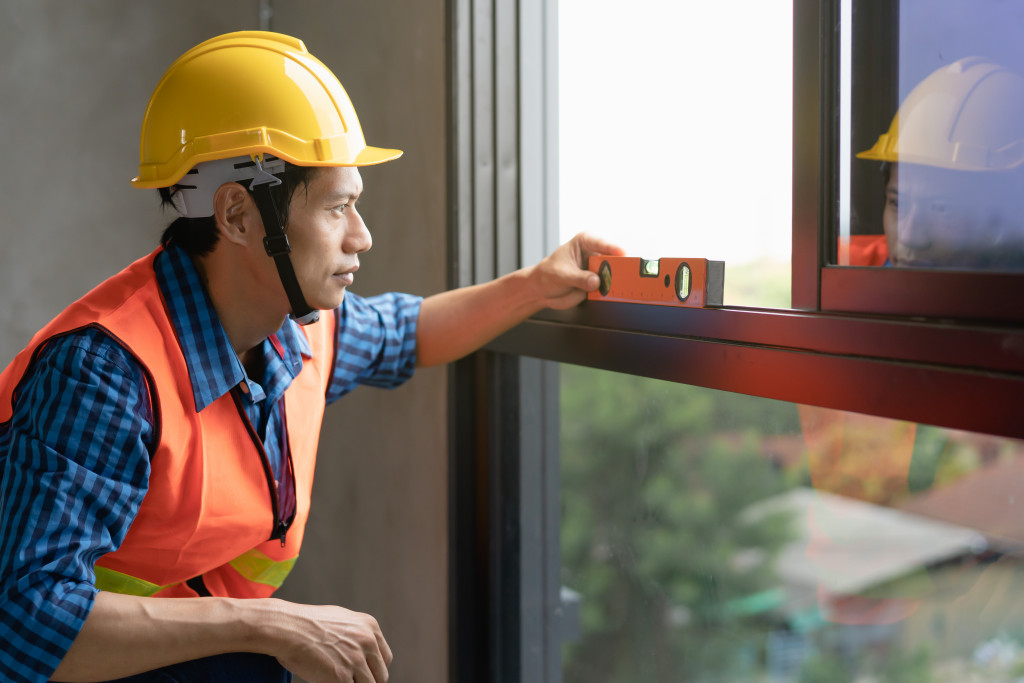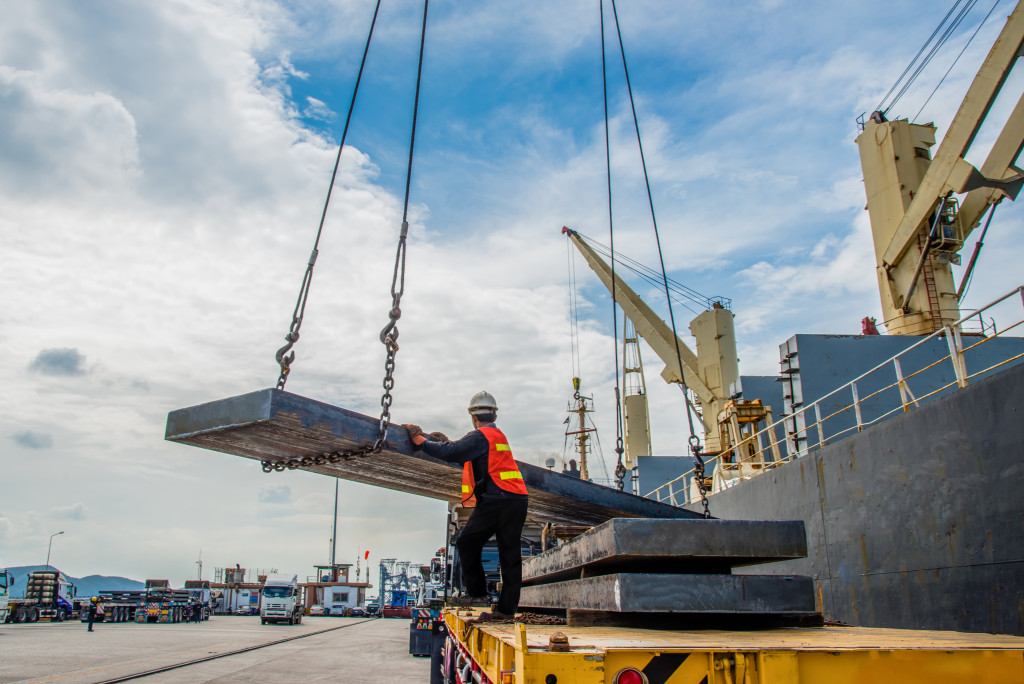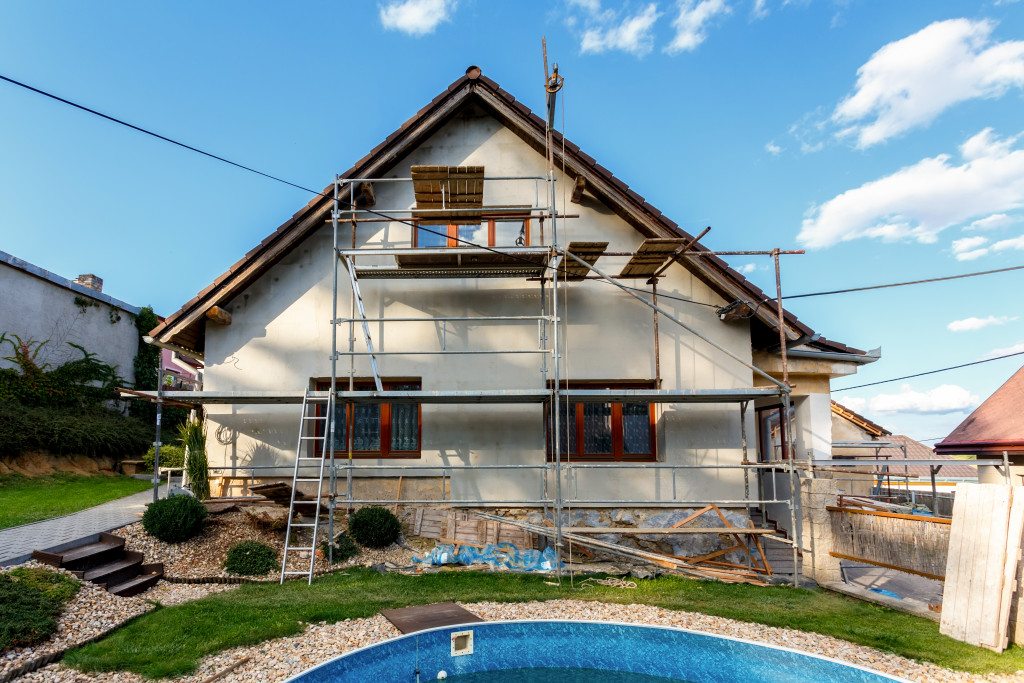- Research local laws and regulations to ensure compliance with construction and renovation activities.
- Take necessary safety precautions to protect everyone involved in the home flipping project.
- Invest in the right tools and equipment to ensure the job is done safely and correctly.
- Following steps toward a safe construction project can ensure that your venture is successful and that everyone’s in good hands.
Home flipping projects are one of the most popular and profitable real estate investments. From renovating an outdated home to beautifying a property, flipping a house involves a lot of hard work, dedication, and risk. That said, ensuring that your home flip is safe for everyone involved is essential. This blog post will provide critical safety tips for safeguarding your home flips.
Research Local Laws and Regulations
Before starting a home flipping project, it’s important to research local laws and regulations regarding construction and renovation activities. These laws vary from state to state, so make sure you are familiar with the rules in your area before beginning any construction or renovation project. Some of the most critical regulations include the following:
Property Cleanup Policies
Especially if you’re working in a residential neighborhood, it’s essential to research and abide by any local policies or ordinances concerning construction cleanup. This can include how you plan to dispose of debris, what materials you’re allowed to dispose of, and any noise restrictions. You can also hire cleanup services from local companies to help you with disposal and follow-up cleanup.
Building Codes
Depending on the scope of your home flipping project, you may need to obtain permits before beginning. Building codes and ordinances will provide the information you need to get these permits and ensure that you follow proper safety protocols. Having a solid understanding of your area’s building codes and regulations, you can easily stay compliant while flipping a home.
Take Necessary Safety Precautions
Taking all necessary safety precautions when working on a home-flipping project is essential. This way, you can ensure that everyone working on the project is safe and protected from any potential risks. Here are some of the essential safety tips to keep in mind:

Protective Gear
Ensuring that all workers wear protective gear such as gloves, masks, eye protection, and steel-toed boots when working in hazardous areas like crawl spaces or attics are necessary. These gears are made from high-quality materials that protect workers from potential harm.
Initial Inspection
Inspecting the area before starting any work is also crucial. This can involve taking photographs and videos of the space, checking for loose wires or damaged fixtures, and looking for signs of structural damage. This will help you identify potential hazards and take the necessary precautions before beginning work.
Invest in Tools and Equipment
No matter how experienced you are, having the right tools and equipment for the job is essential to avoid potential injury. Investing in high-quality tools and equipment can save you time, money, and stress while ensuring that the work is done safely and correctly. Below are some of the essential tools you should have on hand for home-flipping projects:

Lifting and Rigging Tools
Using proper lifting and rigging tools is also important when working with heavy materials. Many accidents can occur when lifting and carrying heavy materials, so using the right tools for the job can help minimize risks. For example, when lifting heavy objects like appliances or furniture, experts recommend a durable 4-way lifting chain that can ensure that the load is safely and securely lifted. This will help you be confident that all workers are safe and that the load is being lifted properly. You can also use a trolley for transporting items from one area to another.
Fall Protection Equipment
Falls account for the most serious injuries on construction sites, so proper fall protection equipment is paramount for any home-flipping project. This can involve having the right ladders, scaffolding, and guardrails for elevated areas. If you’re working in an area that has a risk of falling debris, it’s best to install a debris netting to protect yourself and others.
Automated Safety Systems
Investing in automated safety systems can also help you identify potential risks and take the necessary precautions. For example, having an alarm system installed can alert you if anyone enters the construction site without your permission. You can also install cameras to keep an eye on the area and identify potential hazards or suspicious activities.
Flipping a house can be both a rewarding and risky endeavor. But by following these essential safety tips for home flipping projects listed above, you can successfully safeguard your investments while ensuring the safety of everyone involved in the process. This way, you can rest assured knowing everything has been taken care of correctly.


